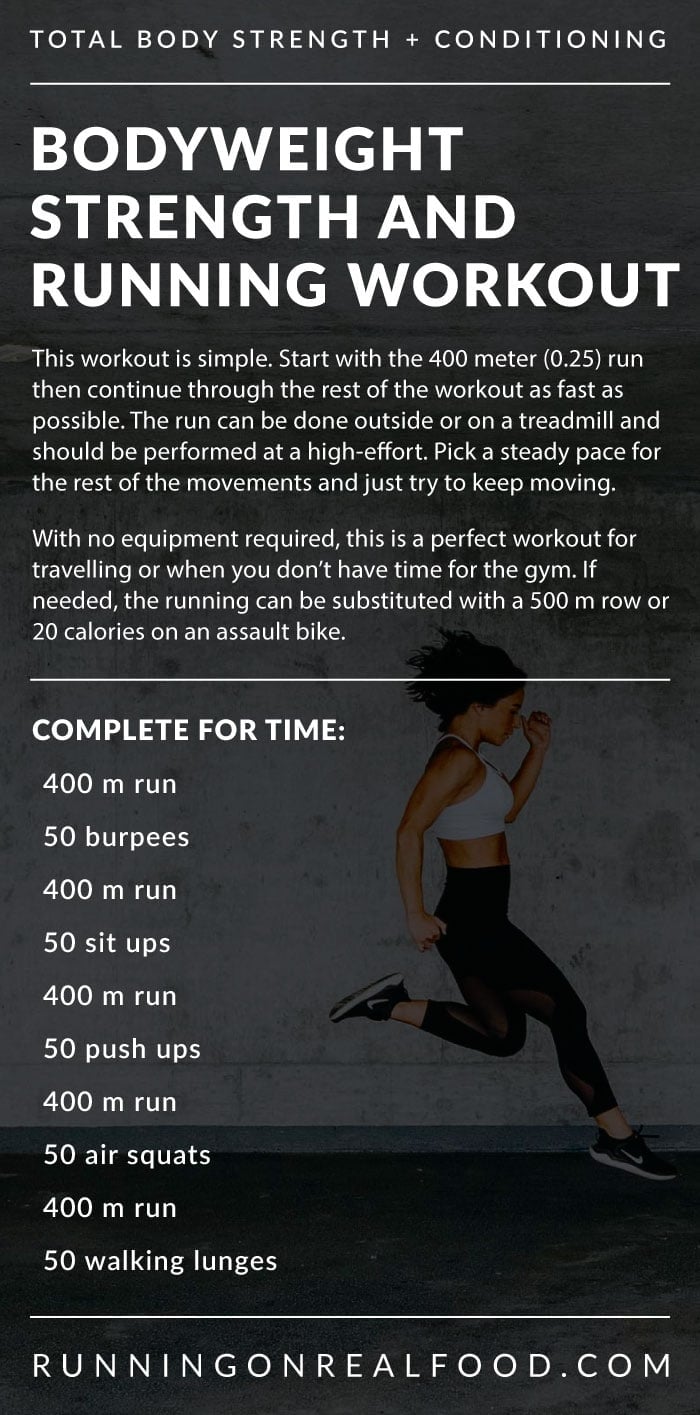Unleash Your Potential: Running Strategy Essentials for Peak Performance
Unleash Your Potential: Running Strategy Essentials for Peak Performance
Blog Article
Taking Care Of Typical Running Pains: Reasons, Solutions, and Avoidance
As runners, we frequently encounter various discomforts that can impede our performance and satisfaction of this physical activity. From the debilitating pain of shin splints to the bothersome IT band syndrome, these usual running discomforts can be discouraging and demotivating. Comprehending the reasons behind these conditions is essential in effectively resolving them. By exploring the origin reasons for these operating pains, we can reveal targeted options and safety nets to guarantee a smoother and more satisfying running experience (check over here).
Typical Running Discomfort: Shin Splints
Shin splints, a common running pain, frequently result from overuse or incorrect shoes during physical activity. The repeated anxiety on the shinbone and the cells connecting the muscle mass to the bone leads to inflammation and pain.
To protect against shin splints, individuals must gradually boost the strength of their workouts, use ideal footwear with appropriate arch assistance, and keep flexibility and stamina in the muscular tissues surrounding the shin (running workout). Furthermore, including low-impact tasks like swimming or cycling can assist preserve cardio fitness while allowing the shins to heal.
Typical Running Discomfort: IT Band Disorder
Along with shin splints, another common running pain that professional athletes usually encounter is IT Band Syndrome, a condition triggered by swelling of the iliotibial band that leaves the external upper leg and knee. IT Band Disorder commonly manifests as discomfort on the outside of the knee, specifically during tasks like running or biking. The iliotibial band is a thick band of fascia that connects the aware of the shin, and when it becomes swollen or tight, it can rub versus the thigh bone, leading to pain and discomfort.
Runners experiencing IT Band Disorder may observe a stinging or aching feeling on the external knee, which can intensify with ongoing task. Factors such as overuse, muscle mass inequalities, improper running type, or poor warm-up can contribute to the advancement of this problem.
Common Running Pain: Plantar Fasciitis

Plantar Fasciitis can be connected to various elements such as overtraining, improper footwear, operating on difficult surfaces, or having high arches or flat feet. To avoid and relieve Plantar Fasciitis, joggers can integrate extending exercises for the calves and plantar fascia, wear supportive footwear, maintain a healthy and balanced weight to lower pressure on the feet, and progressively raise running strength to stay clear of abrupt anxiety on the plantar fascia. If signs continue, it is suggested to speak with a health care professional for proper medical diagnosis and therapy choices to deal with the condition properly.
Typical Running Pain: Runner's Knee
After addressing the obstacles of Plantar Fasciitis, an additional common issue that click to find out more runners typically deal with is Runner's Knee, a common running discomfort that can impede athletic efficiency and trigger discomfort throughout physical task. Runner's Knee, also recognized as patellofemoral pain syndrome, shows up as pain around or behind the kneecap. This problem is commonly associated to overuse, muscle inequalities, incorrect running strategies, or issues with the alignment of the kneecap. Joggers experiencing this pain might feel a plain, aching discomfort while running, going up or down staircases, or after extended durations of sitting. To protect against Runner's Knee, it is crucial to integrate proper warm-up and cool-down regimens, preserve solid and balanced leg muscle mass, wear proper footwear, and slowly raise running intensity. If signs and symptoms persist, inquiring from a health care specialist or a sports medication professional is recommended to detect the underlying cause and develop a customized therapy plan to ease the discomfort and avoid additional complications.
Typical Running Discomfort: Achilles Tendonitis
Generally affecting joggers, Achilles Tendonitis is an unpleasant condition that impacts the Achilles tendon, triggering discomfort and prospective restrictions in exercise. The Achilles ligament is a thick band of cells that links the calf bone muscle mass to the heel bone, vital for tasks like running, leaping, and walking - i thought about this. Achilles Tendonitis frequently establishes because of overuse, inappropriate shoes, poor extending, or sudden increases in physical activity
Symptoms of Achilles Tendonitis include pain and tightness along the tendon, particularly in the morning or after periods of inactivity, swelling that aggravates with task, and potentially bone spurs in chronic situations. To stop Achilles Tendonitis, it is necessary to extend appropriately in the past and after running, use proper shoes with appropriate support, gradually increase the intensity of workout, and cross-train to lower recurring stress and anxiety on the ligament. Treatment may involve rest, ice, compression, altitude (RICE protocol), physical therapy, orthotics, and in severe instances, surgical procedure. Early treatment and appropriate care are essential for managing Achilles Tendonitis properly and protecting against long-lasting problems.
Conclusion
:max_bytes(150000):strip_icc()/running-longer-or-faster-31e97070bda14ffc8afdea52094504c7.jpg)
Report this page